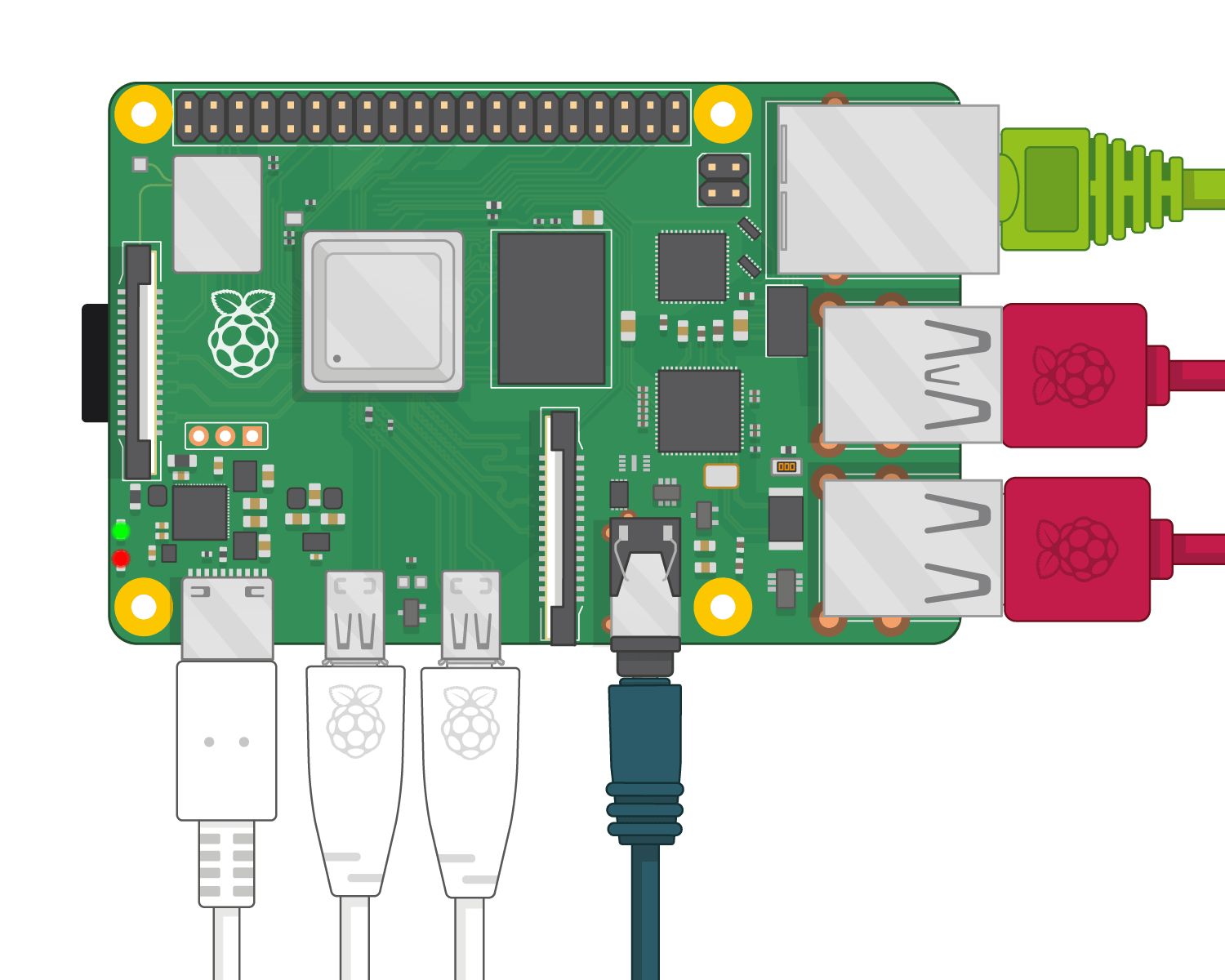RemoteIoT VPC SSH Raspberry Pi Download Windows 10: A Comprehensive Guide
Detail Author:
- Name : Mrs. Karen Windler
- Username : bblanda
- Email : waters.arely@hodkiewicz.com
- Birthdate : 1990-09-14
- Address : 880 Dibbert Key Port Joanniemouth, NE 03611
- Phone : 1-210-273-3200
- Company : Doyle-McCullough
- Job : Cardiovascular Technologist
- Bio : Rerum tempore sed qui maiores voluptatem. Tempora impedit natus nihil dolor accusantium maxime quia. Harum rerum recusandae totam est.
Socials
facebook:
- url : https://facebook.com/kirsten_id
- username : kirsten_id
- bio : Non aliquid dolore sunt hic et rem. Veritatis voluptas harum quis et.
- followers : 976
- following : 1098
twitter:
- url : https://twitter.com/handk
- username : handk
- bio : Aperiam consequatur iure ad aut. Est non consequatur porro eos et. Quod ut eaque vel voluptatem. Unde occaecati et occaecati et earum et eos.
- followers : 4491
- following : 1448
RemoteIoT VPC SSH Raspberry Pi Download Windows 10 is a topic that has gained significant attention among tech enthusiasts, developers, and IT professionals. With the growing demand for remote access solutions, combining the power of RemoteIoT, Virtual Private Cloud (VPC), and Raspberry Pi has become a game-changer. Whether you're managing IoT devices, developing applications, or troubleshooting systems, this guide will walk you through the process of setting up a secure and efficient environment using these technologies.
RemoteIoT is a cutting-edge platform designed to simplify remote device management, especially for IoT ecosystems. By integrating it with VPC and Raspberry Pi, users can achieve seamless connectivity, enhanced security, and unparalleled flexibility. This article will delve into the intricacies of using RemoteIoT VPC SSH Raspberry Pi Download Windows 10, ensuring you have all the tools and knowledge to succeed.
In today’s digital age, having the ability to access and manage devices remotely is crucial. From downloading Windows 10 to configuring SSH connections, this guide will provide step-by-step instructions, expert tips, and reliable resources. Whether you're a beginner or an experienced professional, this article aims to empower you with the expertise and confidence to implement these technologies effectively.
Table of Contents
- Introduction to RemoteIoT, VPC, and Raspberry Pi
- Setting Up RemoteIoT VPC
- Configuring SSH on Raspberry Pi
- Downloading Windows 10 for Raspberry Pi
- Connecting Raspberry Pi to RemoteIoT VPC
- Troubleshooting Common Issues
- Benefits of Using RemoteIoT VPC with Raspberry Pi
- Security Best Practices
- Advanced Features and Customization
- Conclusion and Next Steps
Introduction to RemoteIoT, VPC, and Raspberry Pi
RemoteIoT is a cloud-based platform that enables users to manage and monitor IoT devices remotely. It offers a secure and scalable solution for businesses and individuals looking to streamline their IoT operations. By integrating RemoteIoT with a Virtual Private Cloud (VPC), users can create a private network environment that enhances security and performance.
Raspberry Pi, on the other hand, is a compact and versatile single-board computer that has become a favorite among developers and hobbyists. Its affordability, flexibility, and compatibility with various operating systems make it an ideal choice for IoT projects. When combined with RemoteIoT and VPC, Raspberry Pi becomes a powerful tool for remote device management.
Key Features of RemoteIoT
- Remote access to IoT devices
- Secure data transmission
- Scalable infrastructure
- Real-time monitoring and analytics
Why Use Raspberry Pi for IoT Projects?
- Cost-effective solution
- Wide range of supported operating systems
- Extensive community support
- Low power consumption
Setting Up RemoteIoT VPC
To get started with RemoteIoT VPC, you need to create an account on the RemoteIoT platform. Once registered, follow these steps to set up your VPC:
- Log in to your RemoteIoT account and navigate to the VPC section.
- Click on "Create VPC" and configure the network settings, including IP range and subnet.
- Enable security groups to control inbound and outbound traffic.
- Deploy the VPC and verify its status.
By setting up a VPC, you ensure that your IoT devices operate within a secure and isolated network environment. This minimizes the risk of unauthorized access and enhances overall system performance.
Benefits of Using RemoteIoT VPC
- Enhanced security through private networking
- Improved performance with dedicated resources
- Customizable network configurations
- Scalability to accommodate growing IoT ecosystems
Configuring SSH on Raspberry Pi
SSH (Secure Shell) is a protocol used to securely access and manage remote devices. Configuring SSH on your Raspberry Pi is a crucial step in enabling remote access through RemoteIoT VPC. Follow these steps to set up SSH:
- Connect your Raspberry Pi to a monitor and keyboard, or access it via a terminal.
- Open the terminal and type
sudo raspi-config. - Navigate to "Interfacing Options" and enable SSH.
- Restart your Raspberry Pi to apply the changes.
Once SSH is enabled, you can connect to your Raspberry Pi remotely using an SSH client like PuTTY or OpenSSH. This allows you to execute commands, transfer files, and manage your device from anywhere in the world.
Best Practices for SSH Configuration
- Use strong passwords or SSH keys for authentication
- Disable root login for added security
- Change the default SSH port to reduce the risk of brute-force attacks
- Regularly update your Raspberry Pi's operating system
Downloading Windows 10 for Raspberry Pi
While Raspberry Pi is commonly associated with Linux-based operating systems, it is also compatible with Windows 10 IoT Core. This lightweight version of Windows is specifically designed for IoT devices and offers a familiar interface for users accustomed to the Windows ecosystem.
To download Windows 10 IoT Core for Raspberry Pi, follow these steps:
- Visit the official Microsoft website and navigate to the Windows 10 IoT Core download page.
- Select the appropriate version for your Raspberry Pi model.
- Download the image file and use a tool like Etcher to flash it onto an SD card.
- Insert the SD card into your Raspberry Pi and boot the device.
Once installed, Windows 10 IoT Core provides a robust platform for developing and deploying IoT applications. Its compatibility with Visual Studio and other development tools makes it an excellent choice for developers.
Advantages of Using Windows 10 IoT Core
- Seamless integration with Microsoft Azure
- Support for Universal Windows Platform (UWP) apps
- Regular updates and security patches
- User-friendly interface
Connecting Raspberry Pi to RemoteIoT VPC
Now that your Raspberry Pi is configured with SSH and running Windows 10 IoT Core, the next step is to connect it to your RemoteIoT VPC. This process involves configuring the network settings and establishing a secure connection. Follow these steps:
- Access your Raspberry Pi via SSH and navigate to the network configuration file.
- Update the file with the IP range and subnet details of your RemoteIoT VPC.
- Restart the network service to apply the changes.
- Verify the connection by pinging the VPC gateway from your Raspberry Pi.
Once connected, your Raspberry Pi will be part of the RemoteIoT VPC network, allowing you to manage it remotely through the platform. This setup ensures secure and reliable communication between your IoT devices and the cloud.
Troubleshooting Connection Issues
- Check the network configuration for errors
- Ensure that the VPC security groups allow SSH traffic
- Verify the Raspberry Pi's firewall settings
- Contact RemoteIoT support for assistance
Troubleshooting Common Issues
While setting up RemoteIoT VPC SSH Raspberry Pi Download Windows 10, you may encounter some common issues. Below are solutions to address these challenges:
SSH Connection Fails
- Ensure that SSH is enabled on your Raspberry Pi
- Check the IP address and port number
- Verify that the firewall allows SSH traffic
Windows 10 IoT Core Installation Fails
- Use a high-quality SD card with sufficient storage
- Ensure that the image file is not corrupted
- Try a different flashing tool
VPC Connection Issues
- Double-check the network settings
- Ensure that the VPC is deployed and active
- Contact RemoteIoT support for further assistance
Benefits of Using RemoteIoT VPC with Raspberry Pi
Integrating RemoteIoT VPC with Raspberry Pi offers numerous advantages for IoT projects. Some of the key benefits include:
- Enhanced security through private networking
- Scalability to accommodate growing IoT ecosystems
- Remote access and management capabilities
- Compatibility with Windows 10 IoT Core and other operating systems
By leveraging these technologies, businesses and individuals can streamline their IoT operations, reduce costs, and improve efficiency.
Security Best Practices
Security is a top priority when managing IoT devices remotely. Below are some best practices to ensure the safety of your RemoteIoT VPC and Raspberry Pi setup:
- Use strong passwords and enable multi-factor authentication
- Regularly update software and firmware
- Monitor network traffic for suspicious activity
- Implement encryption for data transmission
Additional Security Tips
- Restrict access to authorized users only
- Use a virtual private network (VPN) for added security
- Conduct regular security audits
Advanced Features and Customization
RemoteIoT VPC and Raspberry Pi offer a range of advanced features that can be customized to meet your specific needs. Some of these features include:
- Automated device provisioning
- Real-time analytics and reporting
- Customizable dashboards
- Integration with third-party tools and platforms
By exploring these advanced features, you can unlock the full potential of your IoT ecosystem and achieve greater efficiency and productivity.
Customization Options
- Create custom scripts for automation
- Develop custom applications using Windows 10 IoT Core
- Integrate with cloud services like Microsoft Azure
Conclusion and Next Steps
In conclusion, RemoteIoT VPC SSH Raspberry Pi Download Windows 10 offers a powerful and secure solution for managing IoT devices remotely. By following the steps outlined in this guide, you can set up a robust environment that enhances security, scalability, and efficiency. Whether you're a beginner or an experienced professional, this setup provides the tools and flexibility needed to succeed in the IoT space.
We encourage you to explore the advanced features and customization options available with RemoteIoT and Raspberry Pi. Additionally, stay updated with the latest developments in IoT technology by subscribing to our newsletter or following our blog. If you have any questions or need further assistance, feel free to leave a comment or reach out to our support team.
Take the next step in your IoT journey today and unlock the full potential of RemoteIoT VPC SSH Raspberry Pi Download Windows 10!

